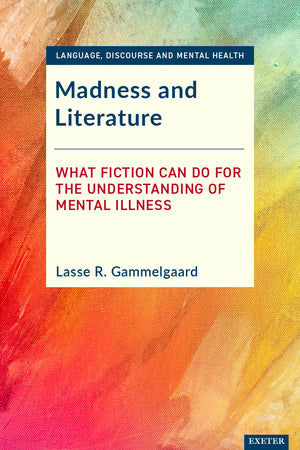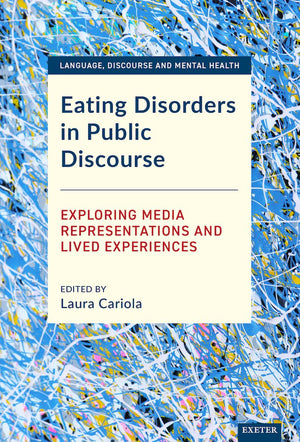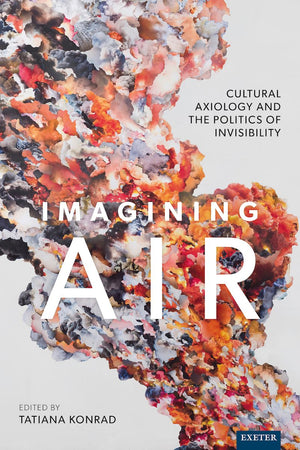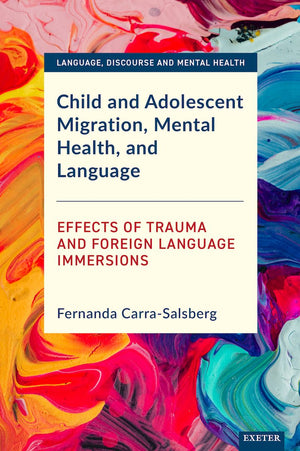University of Exeter Press
Materiality of Air
Couldn't load pickup availability
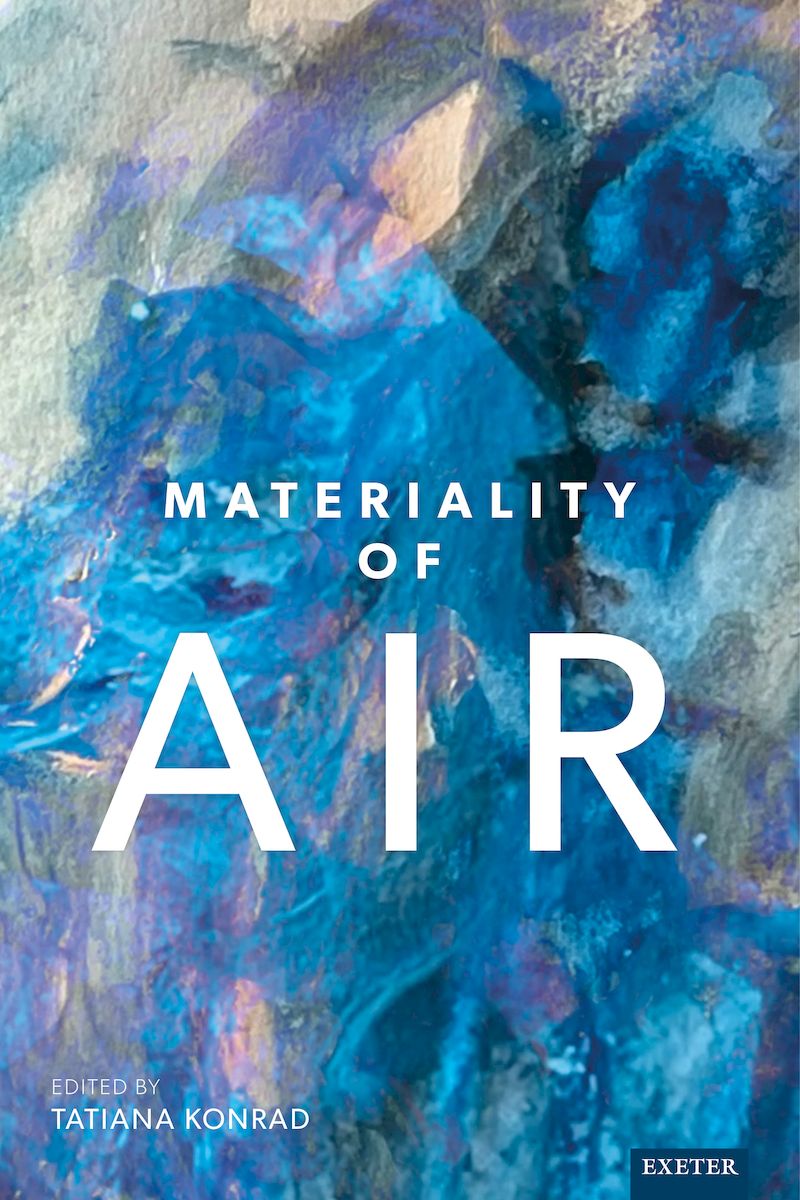
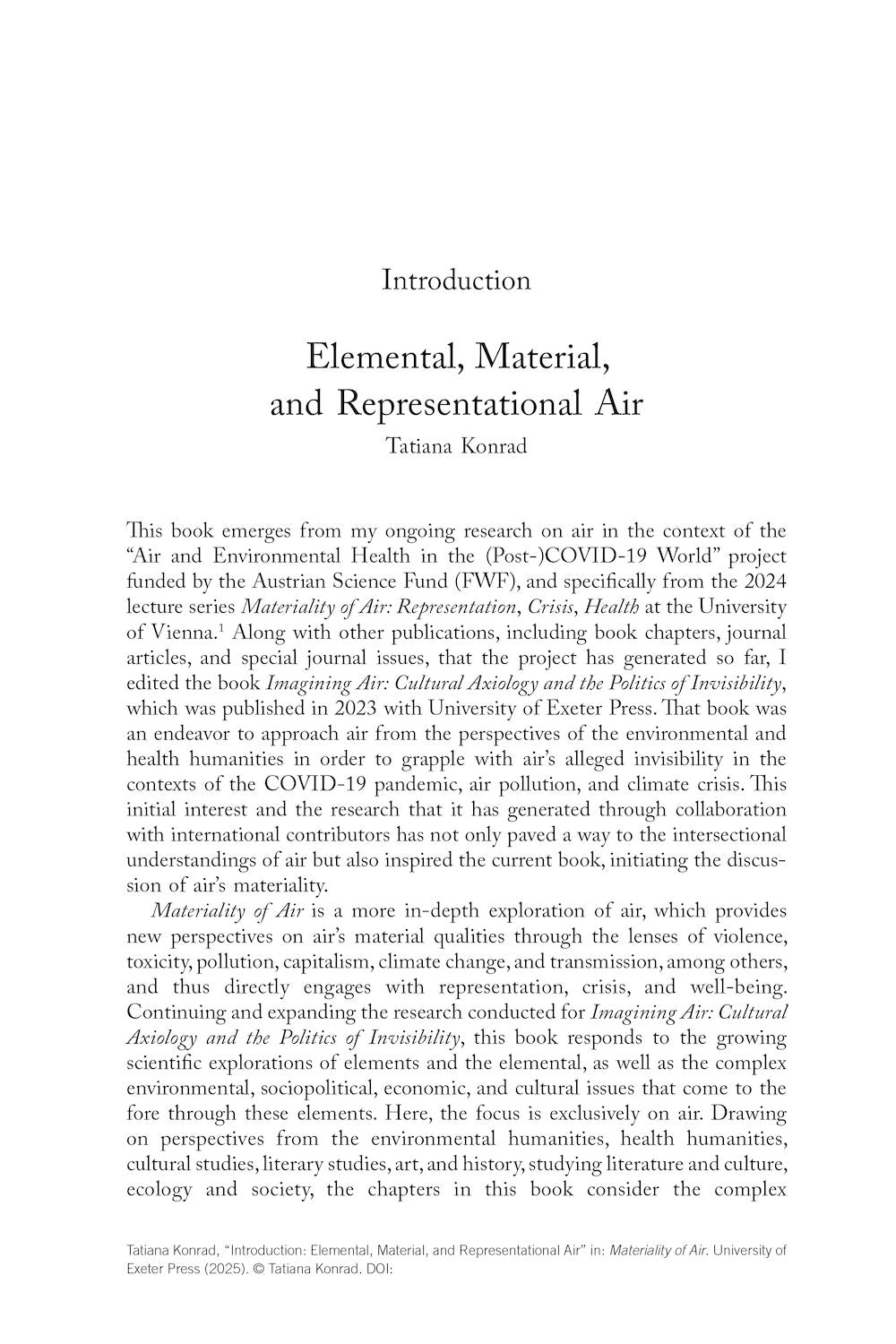
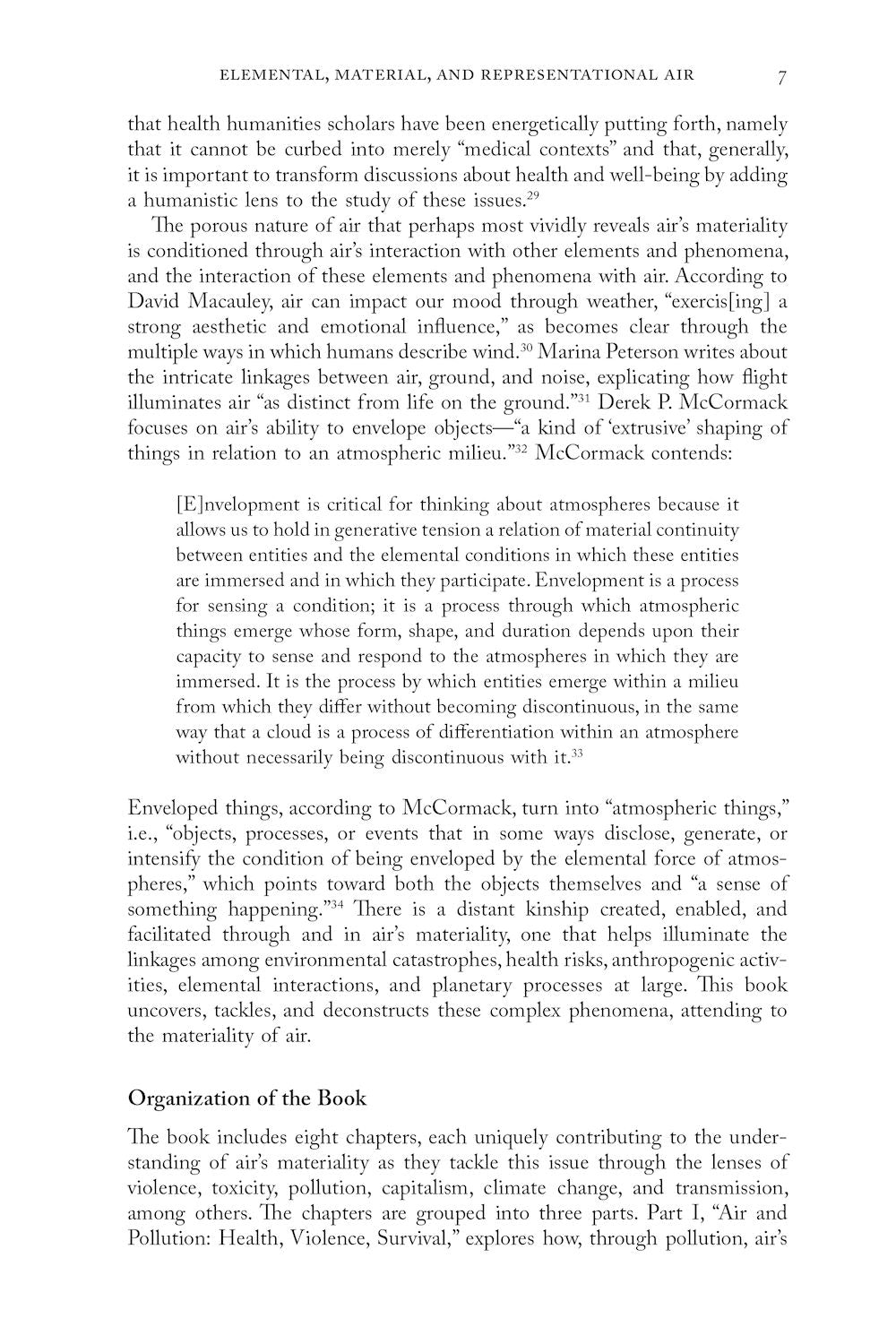
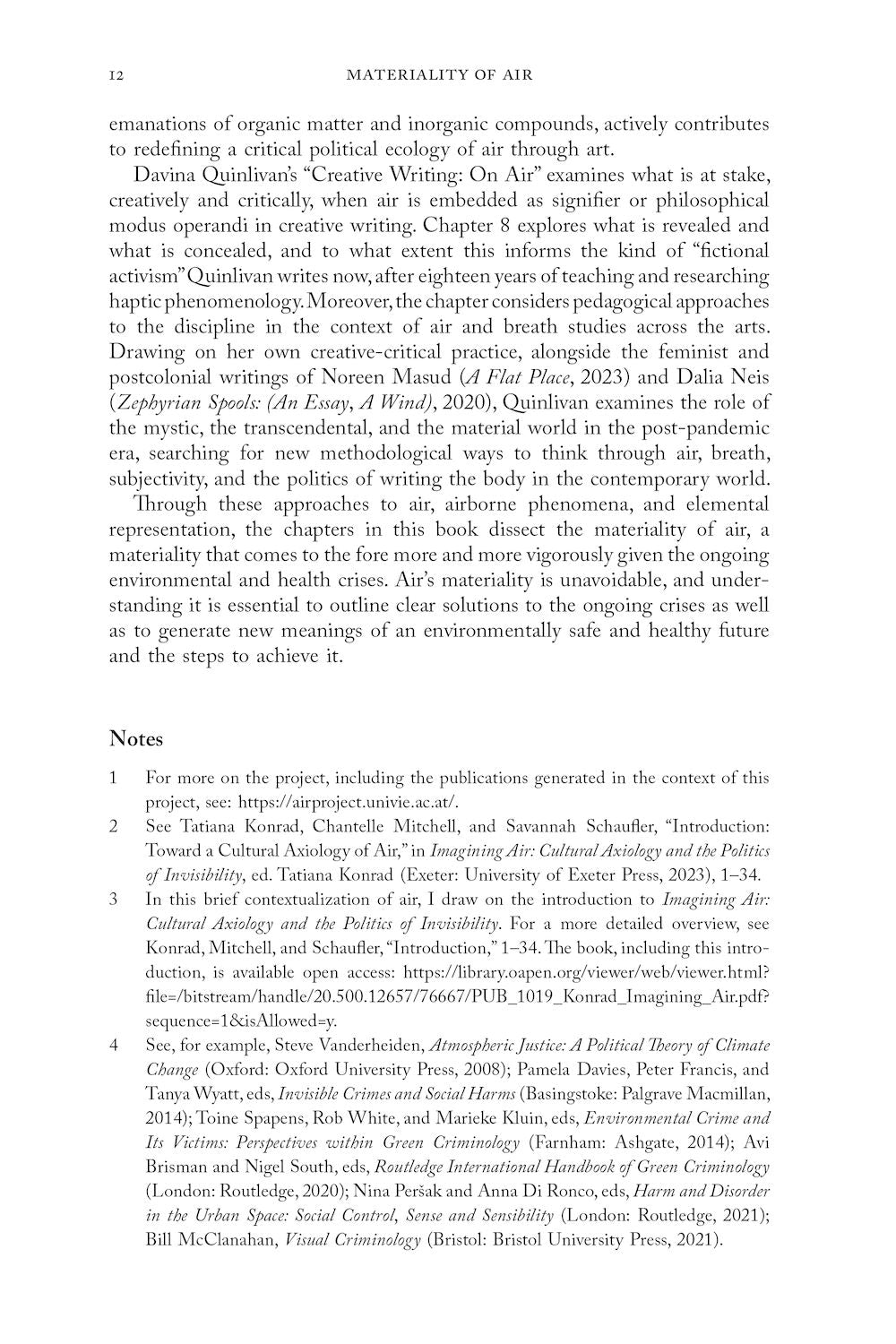
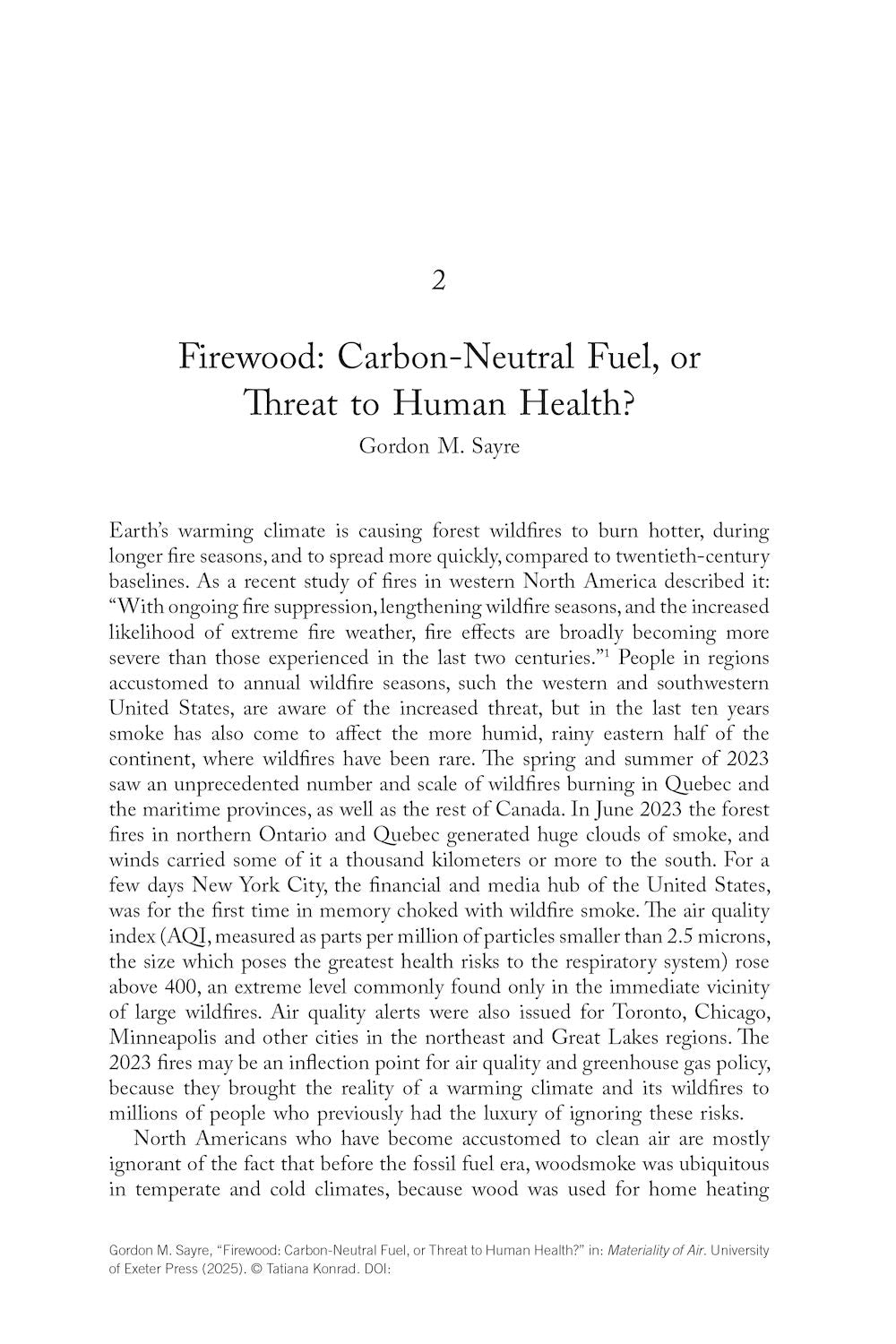
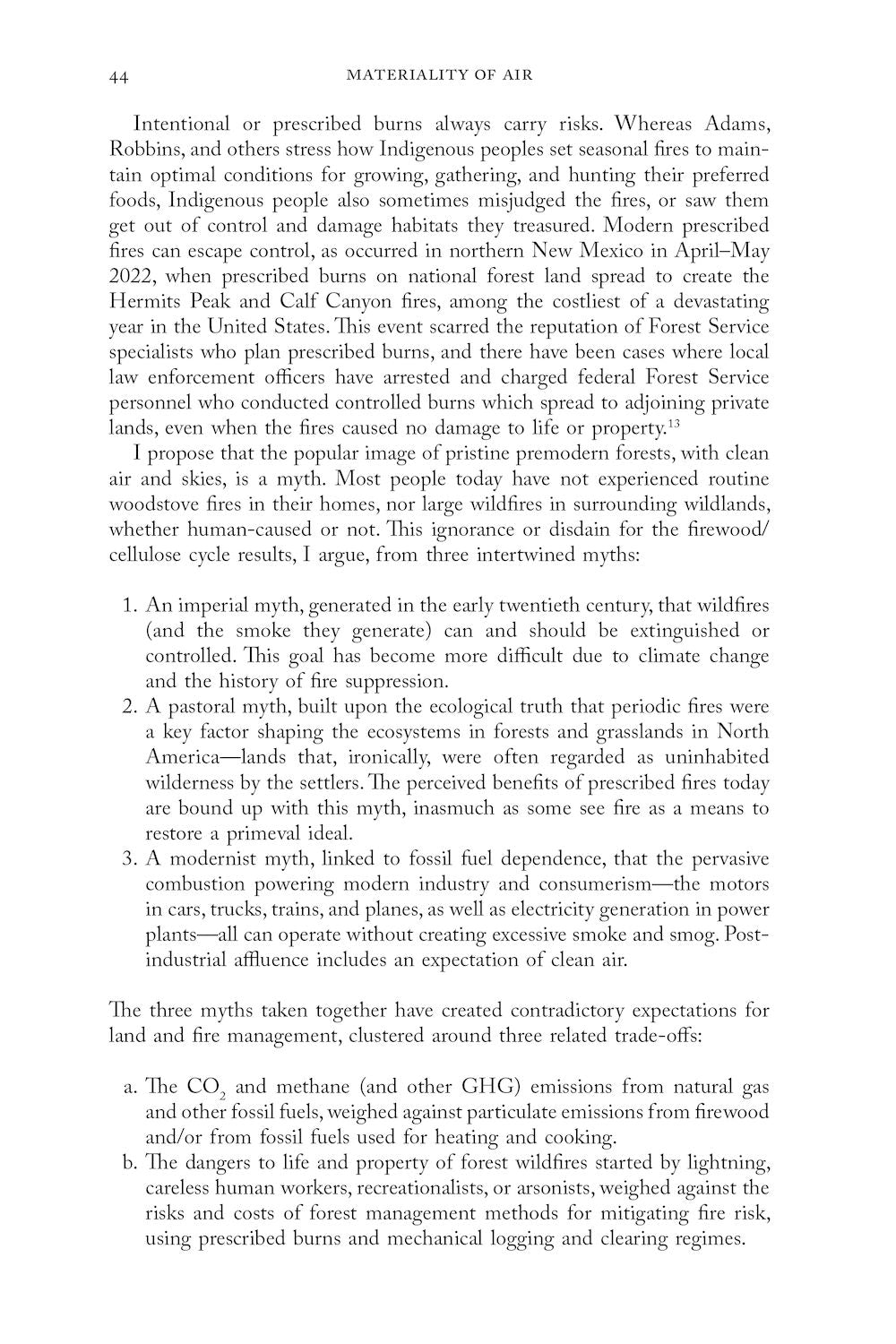
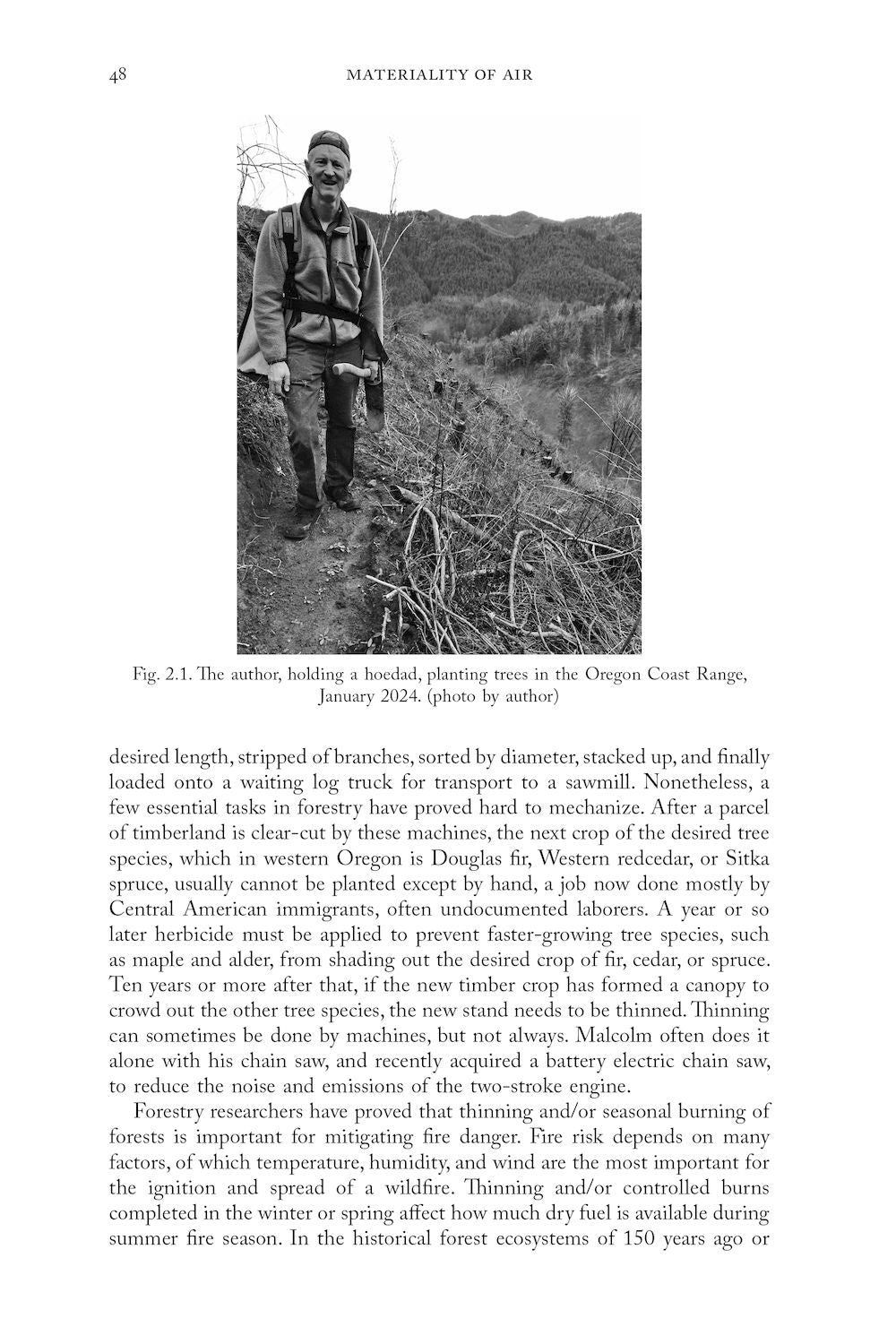
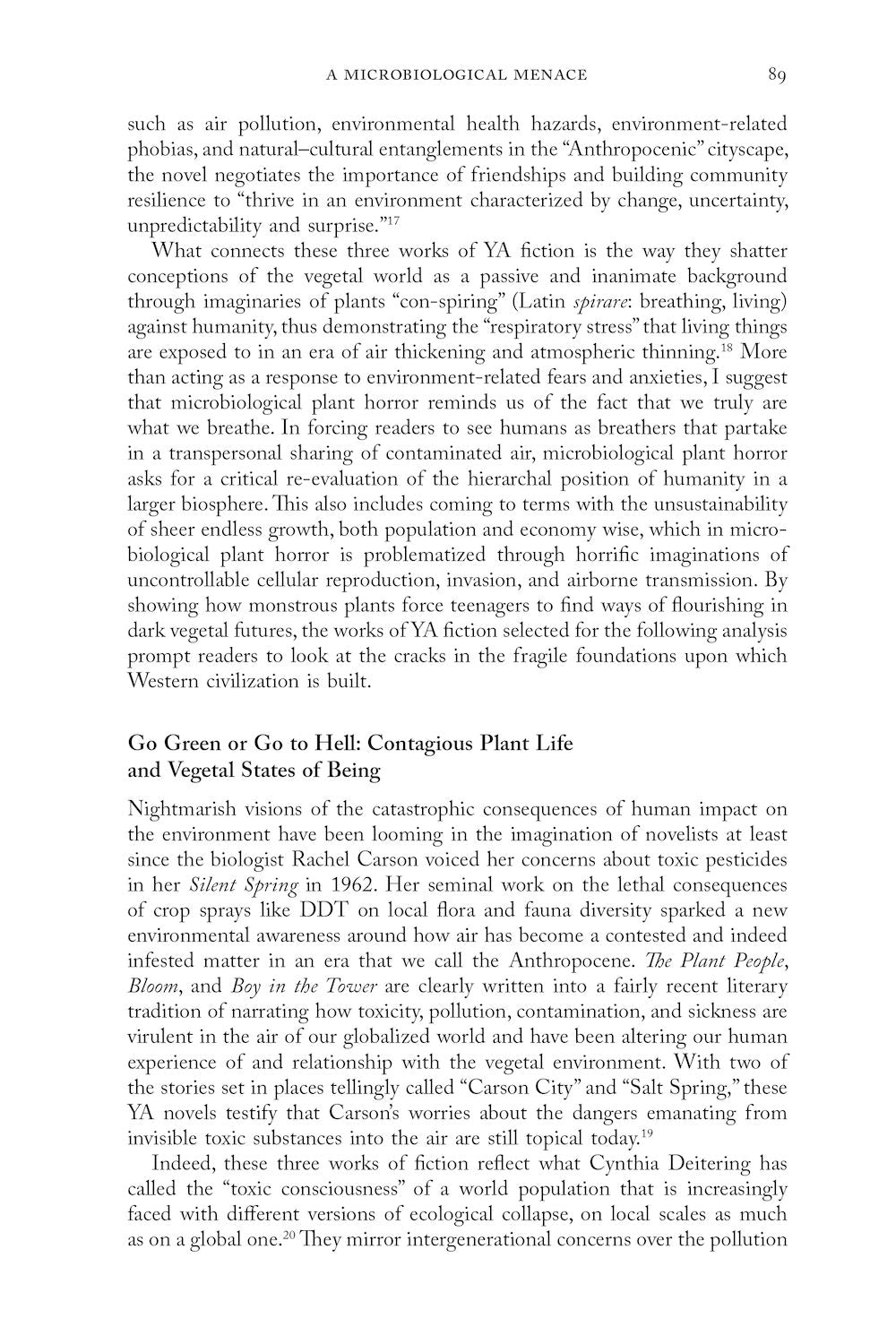
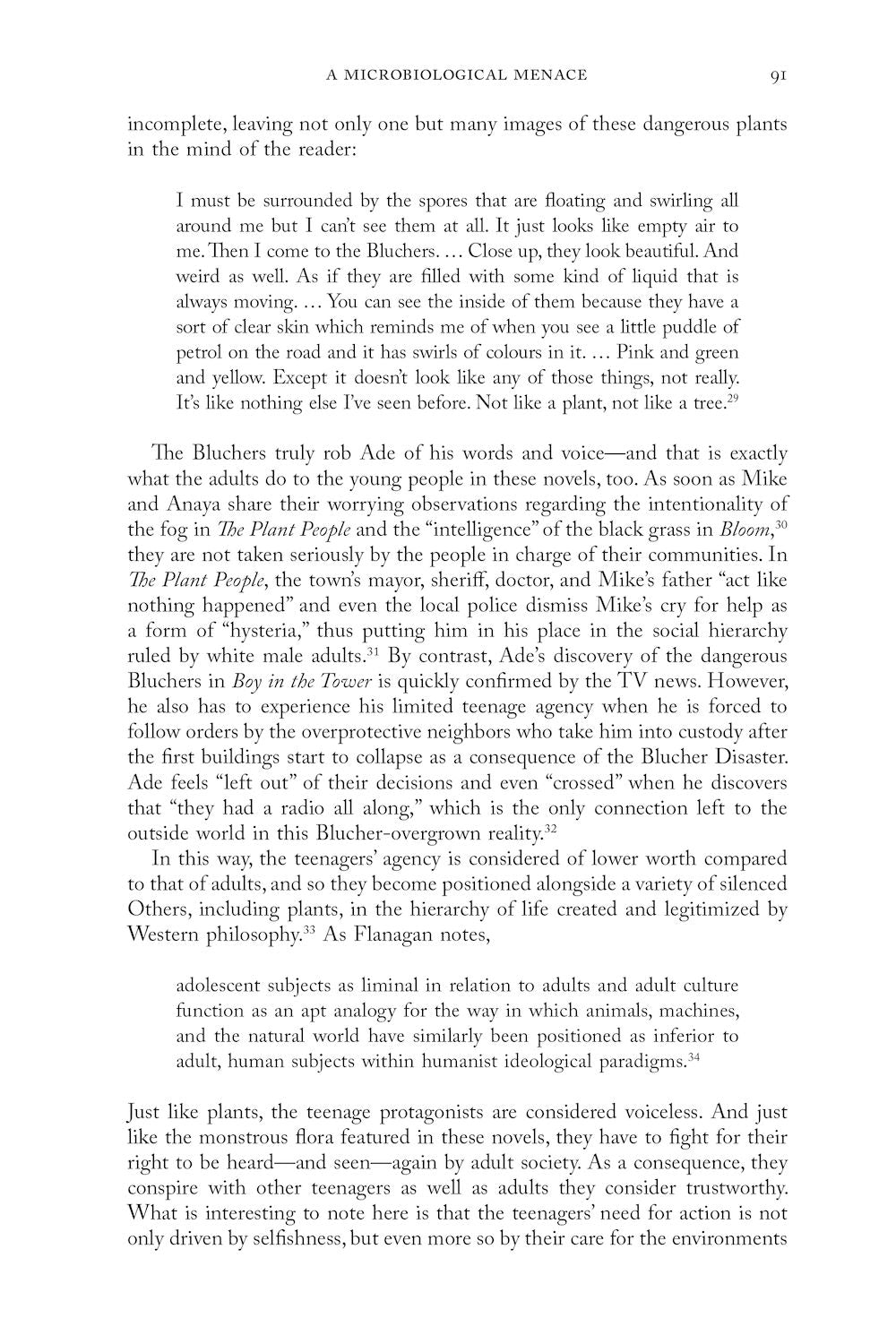
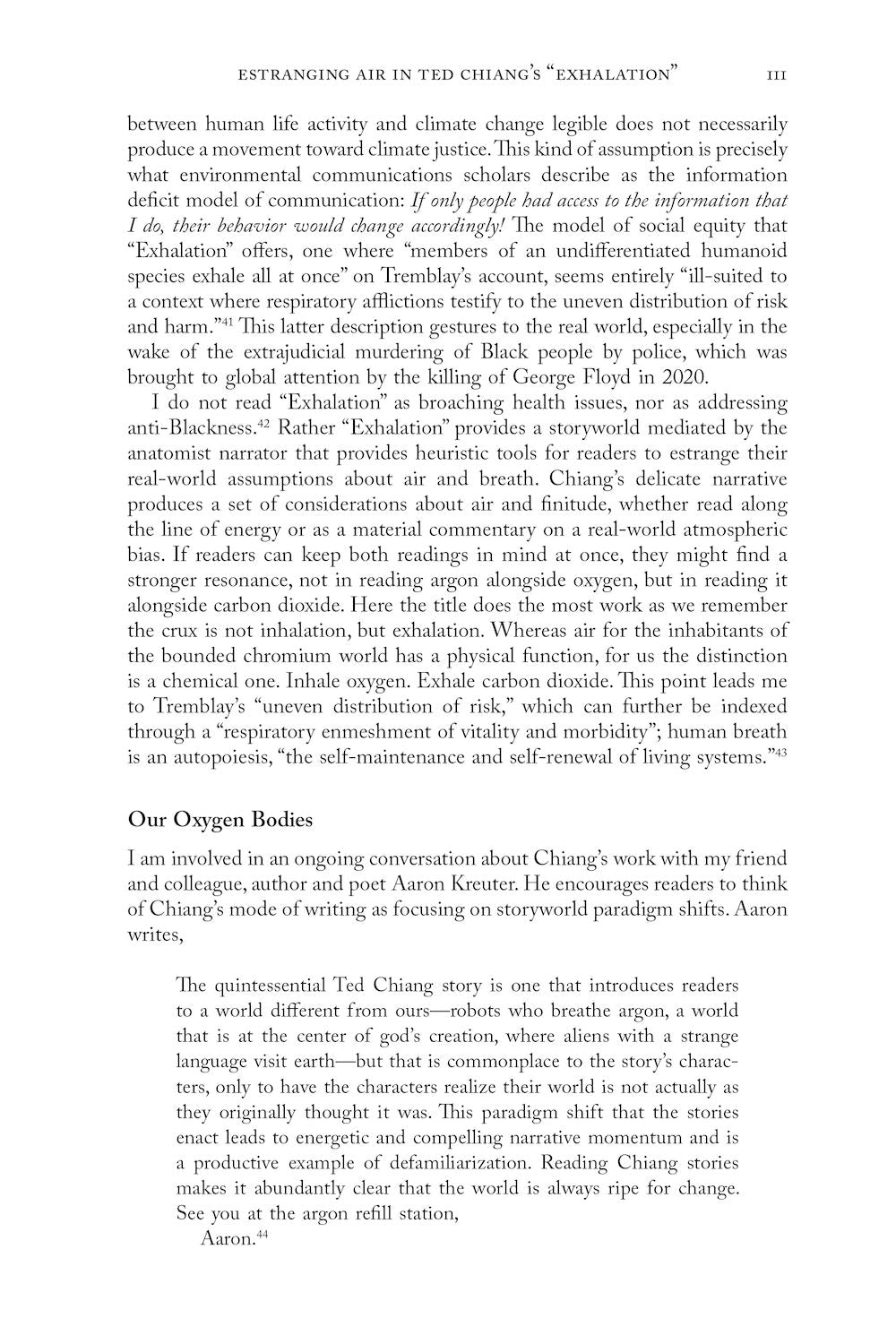

- 194 Pages
Exploring air, airborne phenomena, and elemental representation, this book dissects the materiality of air, which comes to the fore ever more vigorously given the ongoing environmental and health crises. Understanding air’s materiality is essential to outlining clear solutions to the current challenges and to generating new meanings of what constitutes an environmentally safe and healthy future. The dual nature of air makes it a rich field for metaphor and a potent subject to think with: as space that contains and engages with other elements, particles, and beings; and as matter that moves, envelopes, and penetrates objects, spaces, and time.
Each chapter offers new perspectives on air’s material qualities, treating air as a literal and figurative element that provides an important lens on climate change, toxicity, pollution, capitalism, violence, and transmission, among other issues. The volume also highlights future directions for engaging with the all-important medium of air.
This edited collection responds to the growing scientific and scholarly explorations of elements and the elemental, as well as the complex environmental, sociopolitical, economic, and cultural issues that emerge through these elements. Bringing together experts from the environmental humanities, health humanities, cultural studies, literary studies, art, and history, the chapters consider the intricate relationships between humans, more-than-humans, and the environment more broadly.
Air might seem to be the most nebulous, enigmatic and inconsequential of topics. But, of course, it is what we breathe to stay alive and this edited collection explores both the increasing impediments to the respiratory reality of our bodies and the enormous enhancements air brings to our daily and cultural lives. Materiality of Air is an important contribution to our understanding of the crucial significance of this necessary element.
Professor Laurence Simmons, University of Auckland
Introduction: Elemental, Material, and Representational Air Tatiana Konrad
DOI: 10.47788/LPKH9476
1. Breathing Violence: Airborne Plastics, Materiality, and Anthropogenic Harm Savannah Schaufler
DOI: 10.47788/AQXL6360
2. Firewood: Carbon-Neutral Fuel, or Threat to Human Health? Gordon M. Sayre
DOI: 10.47788/VDIW4616
3. Survival of the Most Collaborative: Climate Justice as a Logics for Flows of Air Sheena Wilson
DOI: 10.47788/PPKM2225
4. A Microbiological Menace: Killer Spores and Toxic Pollen in Contemporary Young Adult Fiction Natalie Dederichs
DOI: 10.47788/VOKG2890
5. Estranging Air in Ted Chiang’s “Exhalation” Brent Ryan Bellamy
DOI: 10.47788/LHBQ7761
6. Thinking over the Airwaves: Immediate Connection in Geoff Ryman’s Air and Tade Thompson’s The Wormwood Trilogy Arthur Rose
DOI: 10.47788/OMXB2361
7. A Deep, Slow, Strenuous Breath: Art in the Shadows of Capitalist World-Ecologies Raphaelle Occhietti
DOI: 10.47788/CHLZ7198
8. Creative Writing: On Air Davina Quinlivan
DOI: 10.47788/KMJO1117
- 194 Pages





























